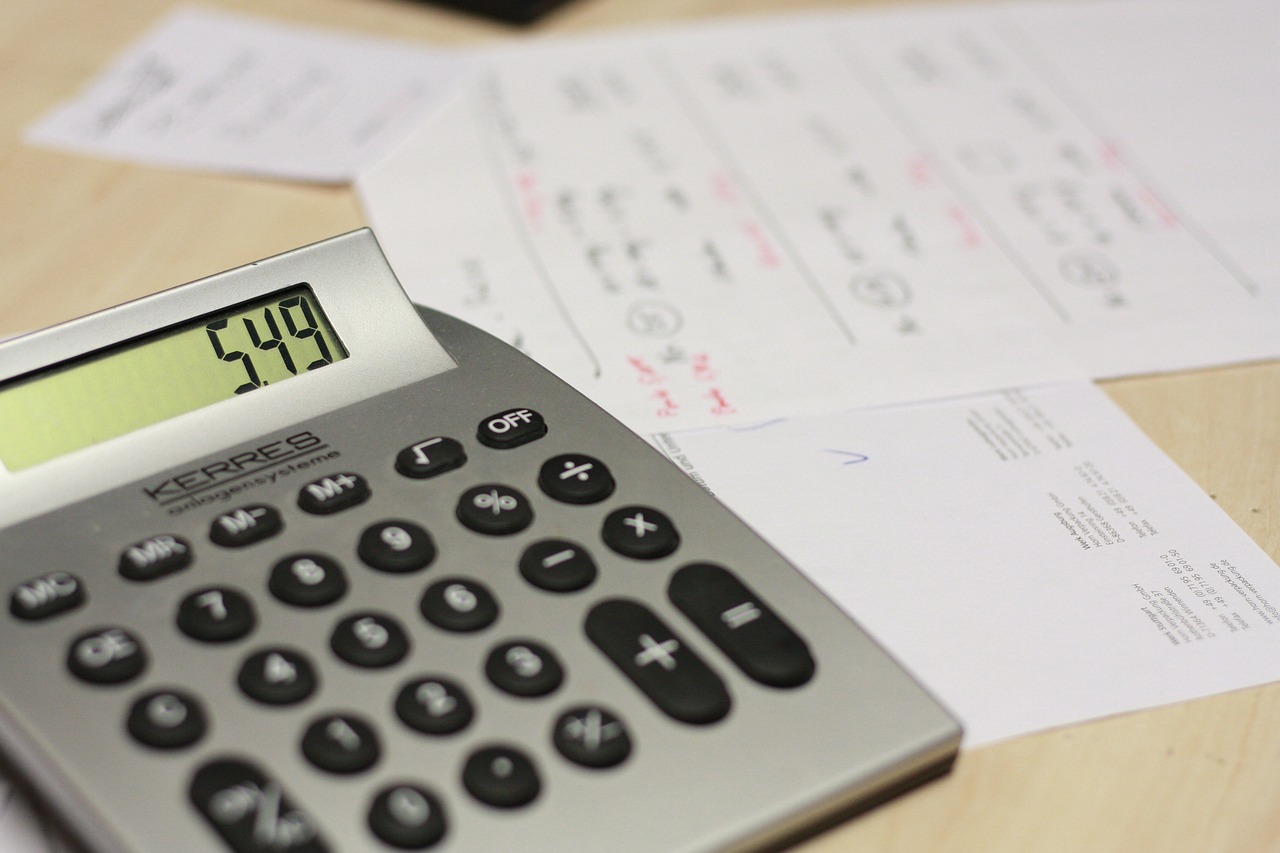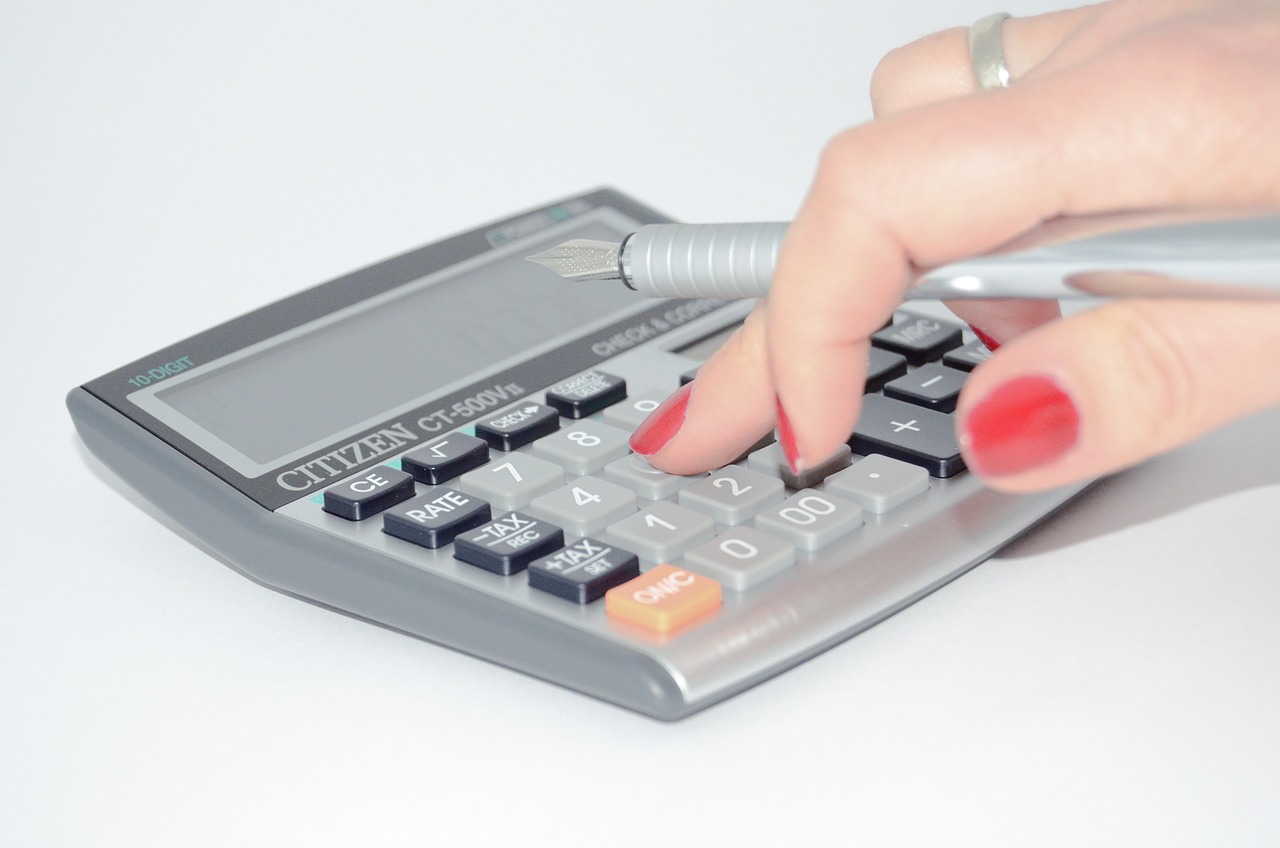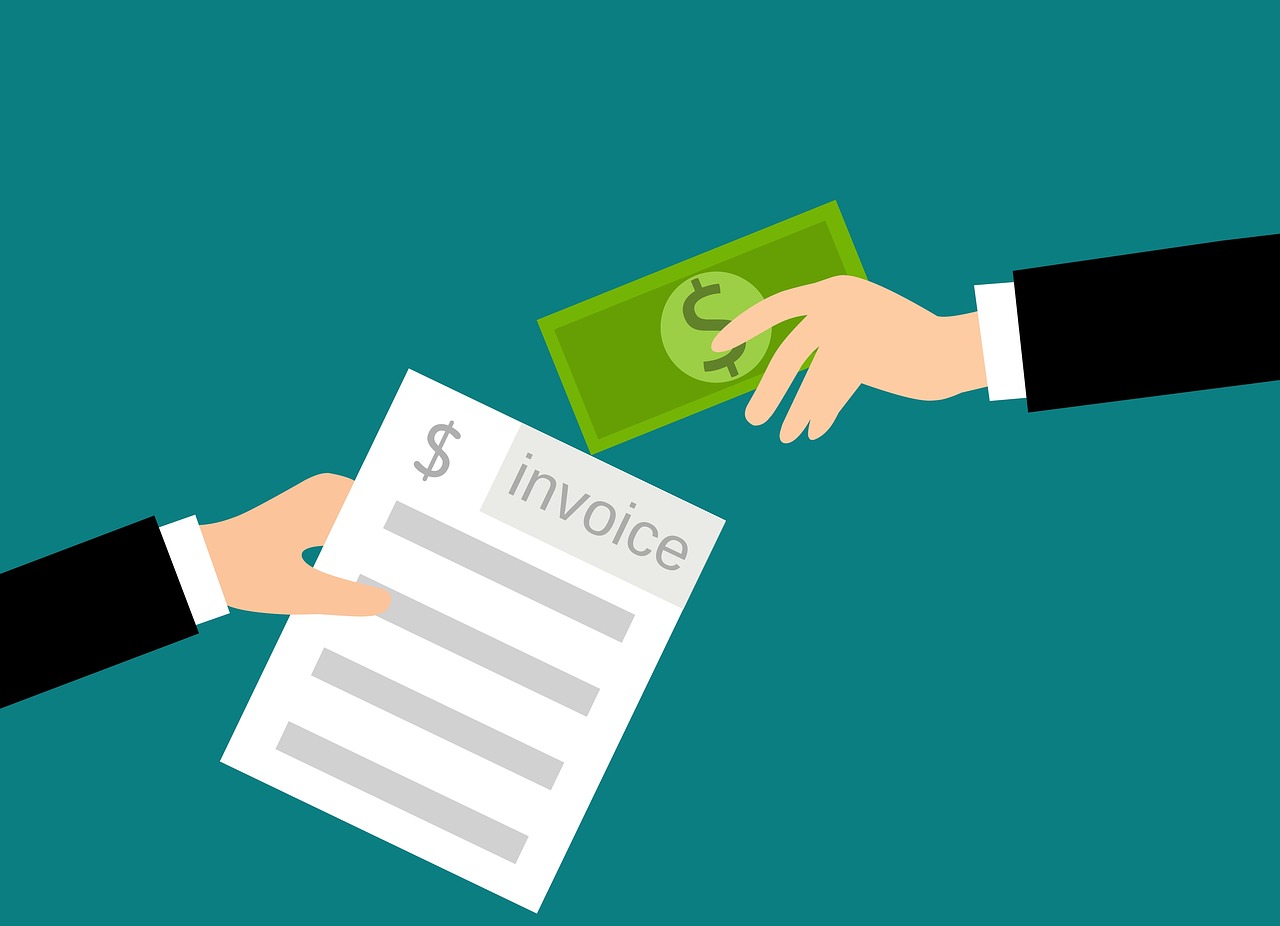Difference Between Purchase Order and Invoice
Self-employed persons create and process a wide variety of different paper types. Some of them are easy to get confused about as they look similar. We’ll compare purchase orders vs. invoices and tell you why they are needed, in what situations they should be applied, and how to manage payments using them.
What Is an Invoice?
Freelancers, independent contractors, and vendors use invoices to receive money for the services and products rendered. These specialists make invoices online or offline and hand them over to purchasers upon completion of tasks. Your documentation should be properly formatted and well-organized to look professional.
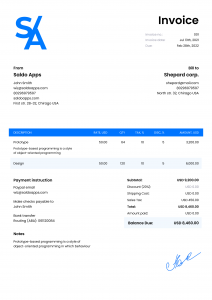
What should be included on an invoice? A typical form consists of the following points:
- the creation day and the due date for payment;
- your business details;
- customer contact info;
- a list of work performed with an indication of a unit or hourly rate and volumes;
- fees, taxes, discounts, and shipping costs;
- available payment options;
- additional notes and instructions.
What are invoices used for? With their help, you not only get paid for your activities but also protect yourself from unscrupulous clients. Reports based on your files allow you to monitor income and expenses, analyze your business, and plan the budget and further company expansion.
Using Saldo Invoice in your work will simplify the generation of the necessary papers. With the help of our service, it is possible to create files on any device and on the go. Convenient and straightforward functionality makes template creation quick and easy.

How Does a Purchase Order Work?
The invoice and purchase order are compared because they contain almost similar information. To avoid mixing up, you should understand the purpose of both forms of documentation. Unlike a Word, Excel, or PDF invoice template, POs are used by clients rather than suppliers. With their help, purchasers indicate what goods and services and in what volume they want, as well as in what period they can deposit money. This kind of document is a formal agreement between a seller and a buyer, and on its basis, a supplier can issue an invoice.
What is po ? A purchase order is a legally binding document between a supplier and a buyer. The document mean the details on the items that are to be purchased, such as the types of goods, quantity, and price. In simple terms, it is the contract drafted by the buyer when purchasing goods from the seller.
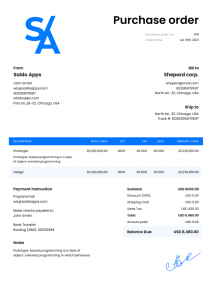
Main Differences and Similarities in Invoices and Purchase Orders
These two types of paper have common characteristics:
- They indicate the same information regarding a customer, performer, products, and the total amount;
- Both documents are considered legally binding within the purchasing processes;
- They also allow both sides to control their budgets better and monitor the implementation of all agreements.
Otherwise, these are different docs that are utilized for diverse purposes:
- POs use purchasers to state their expectations and define purchasing order;
- Vendors and contractors need invoices to demand money for items provided;
- While POs are made in advance, invoices are issued after the job is done;
- POs indicate the timing of a request, and invoices specify the payment timing.
| Invoices vs. Purchase |
| Document used to notify the buyer that payment is due | Document uses to order goods/services from a seller |
| Issued by the supplier | Issued by the buyer |
| Sent to the buyer | Sent to the seller |
| Created after the purchase order | Comes before the invoice |
Determining which form you need is easy. If you want to place a request for the execution of works or product delivery, get a purchase order. If you are a performer who offers customers services or items and want to get paid for your activities, opt for an invoice.
Key Distinctions in Purpose
When managing your small business, paperwork is like a backstage pass—it’s necessary but not the main event. Yet, making an invoice comparison with a purchase order can feel like a game-changer, helping you better understand the distinct roles each plays in business transactions. So, what are these documents really for? A purchase order is like your shopping list for the vendor. It says, “Hey, I want to buy these things from you.”
Meanwhile, the invoice is like the vendor’s bill to you, saying, “Great, you got your stuff. Now, here’s what you owe me.” Each has its unique role in business transactions, acting as a playbook that keeps everyone on the same page.

Order Initiation vs. Payment Request
Picture a relay race. The purchase order is the starting gun and the baton—it sets the procurement process into motion. It’s the buyer’s way to formally say, “Let’s do business.” Once the vendor crosses the finish line by delivering goods or services, they pass the baton back as an invoice, essentially a payment request. It’s like saying, “Tag, you’re it. Your turn to make a move—by paying up.”
Aligning Processes With Business Needs
Running a business is no cookie-cutter affair. Each has its own needs, size, and quirks. Here’s a simple guide to doing it right:
- Small Operations: If you’re keeping things lean and mean, you might find an invoice suits you just fine. It’s straightforward for payment verification.
- Bigger Businesses: If you’re dealing with complex order management and need to keep detailed financial documentation, a purchase order is your go-to. It helps keep all your ducks in a row.
Enhancing Supplier Relations
If you think about it, supplier relations are a lot like dating. Good communication is key. A clear purchase order can be like a thoughtful plan for date night—it sets the stage for a successful experience. Likewise, a timely invoice is akin to clear communication; it helps keep everyone happy and ensures you’re on the same page about what’s owed.
Making Sense of It All
Figuring out the invoice vs. purchase order puzzle is about more than just shuffling papers around your desk. Think of it more like setting the game rules for your business playground. Get this right, and you’re not just simplifying the procurement process; you’re rolling out the red carpet for rock-solid supplier relations.
Elizabeth Cherepyna
Product Manager, she is analytic of the behavior of users in the application, communicates with them, to better understand what we need to improve, and sets tasks for her team.
Learn more
